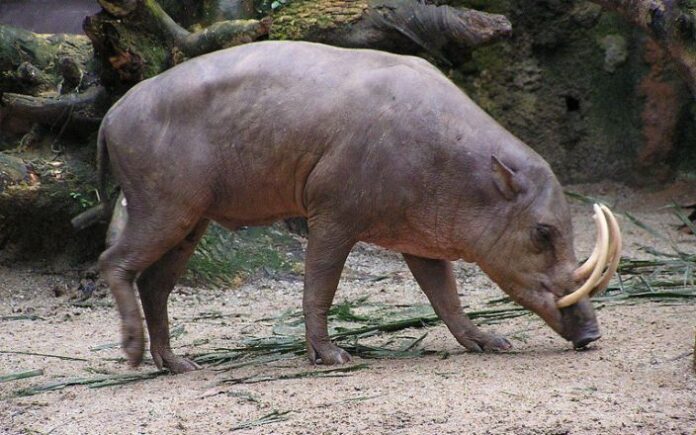
Ancient humans saved giant pigs and Komodo dragons from extinction, scientists at the Natural History Museum have found.
Researchers have been long searching for fossil evidence of our mysterious ancient cousins, the Denisovians, who are mainly known from traces of their DNA.
- Covid-19: New fear grips Europe as cases top 30m worldwide
- New Screen Savers: The Show Launched Video into the Stratosphere
In analysing where this was found, they have discovered that large animals which evolved alongside early humans had a genetic advantage over those which didn’t. Scientists believe that this is because while our early ancestors learned to hunt, megafauna including Komodo dragons developed and selected for defence mechanisms which helped them survive.
Parts of the world, such as Australia, where there were not thought to have been these ancient humans, lost their megafauna when modern-day man landed.
Prof Chris Stringer from the Natural History Museum said they had not found any fossils of the Denisovans in Australia – where megafauna went extinct – but there were some in other areas including Indonesian islands, Tibet and Siberia.
Large animals that survive today in these regions include the Komodo Dragon, the Babirusa (a pig with remarkable upturned tusks), and the Tamaraw and Anoas (small wild buffalos).

He told The Telegraph: “The Denisovans are mysterious because we still mainly know them from their ancient DNA and the genetic traces they have left in people today through ancient interbreeding.
“And while we do have some incomplete fossils of Denisovans from Siberia and the Tibetan plateau of China, there are seemingly none from Island South East Asia and Australasia where we might expect to find them, given that’s where the largest traces of their DNA are found today.
“So we re-examined the fossil record of the region and we conclude that the known fossils assigned to H. erectus (from Java), H. floresiensis (Flores) and H. luzonensis (Philippines) represent much more ancient lineages than the Denisovans, with a deep history in the region – so they cannot be the elusive ‘southern Denisovans’ who would have been more closely related to us and the Neanderthals.”
Prof Kristofer Helgen, who led the research explained that living among the ancient humans likelt helped the animals survive.
He said: “A possible implication here is that, soon after modern human arrival, all land animals larger than people became extinct in Australia and New Guinea, but not islands like Flores, the Philippines, and Sulawesi, because the latter islands have a very long record of human occupation by a human species before modern humans arrived in the region, making wildlife in these islands perhaps behaviorally more used to hunting by a pre-sapiens hominin”.
SOURCE: YAHOO NEWS


